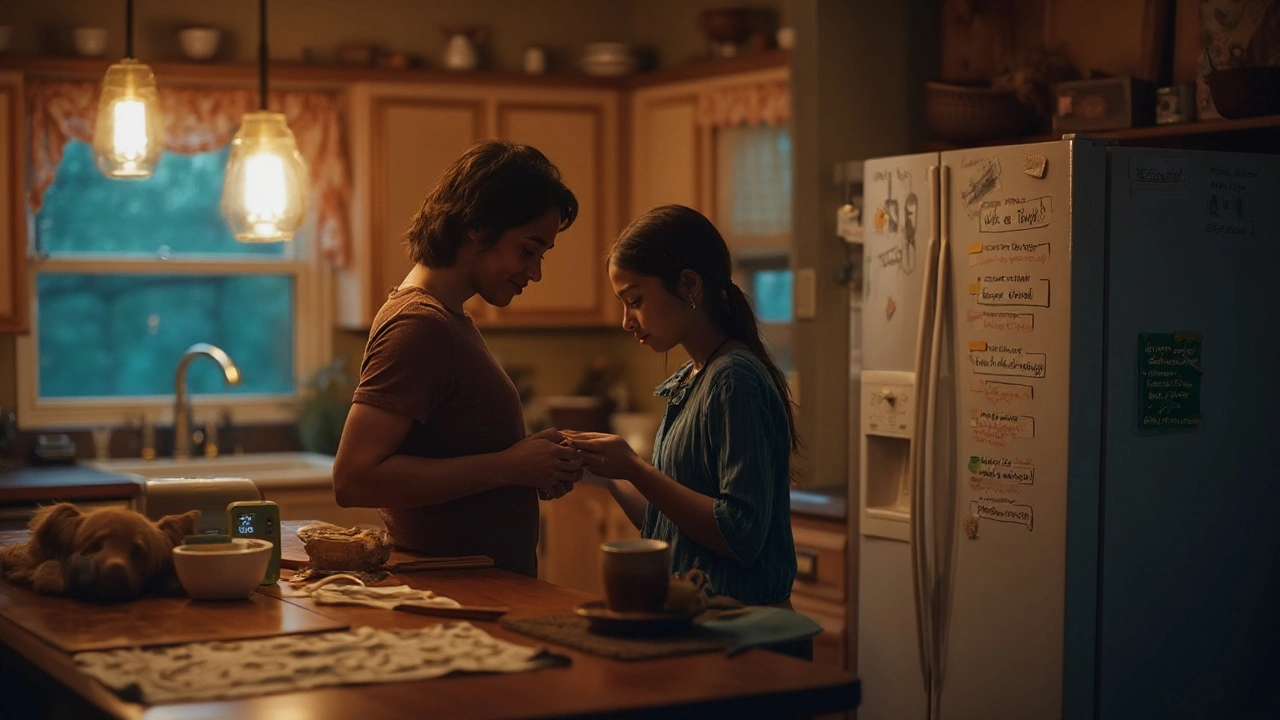If you or your partner lives with PTSD, everyday moments can feel like a minefield. A sudden noise, a reminder of the past, or even a quiet night can trigger intense reactions. Those reactions don’t just affect the person with PTSD—they ripple through the whole relationship. Understanding that ripple is the first step to keeping love alive.
PTSD isn’t just “bad memories.” It’s a real brain response that makes the nervous system stay on high alert. That means the person may appear distant, irritable, or overly cautious. For a partner, those shifts can look like rejection or anger, even when the root cause is fear.
Communication often breaks down because the person with PTSD may not want to talk about triggers, and the other partner may feel shut out. Instead of seeing silence as disinterest, recognize it as a safety mechanism. You’re not fighting a stranger—you’re dealing with a brain that’s trying to protect itself.
Another common issue is the “caretaker trap.” The healthy partner can start feeling responsible for managing the other’s mood, which creates burnout. It’s easy to slip into a dynamic where one person is always giving and the other is always receiving, and that imbalance hurts both sides.
1. Keep the conversation low‑key. Choose a calm moment—not right after a flashback—to ask how they’re feeling. Use simple language: “I notice you’re upset. Want to talk about it?” Avoid pressuring them to explain everything at once.
2. Build a trigger list together. Write down sounds, smells, or topics that set off a reaction. Knowing the list helps you both plan ahead—like turning off a TV show before a scene that could cause anxiety.
3. Set boundaries that protect both of you. It’s okay to say, “I need a break right now,” or “Let’s talk about something else.” Boundaries keep the relationship from spiraling into endless conflict.
4. Celebrate small wins. Did they go out for coffee without a panic attack? Praise that effort. Positive reinforcement builds confidence and reminds both partners that progress is possible.
5. Seek professional help early. Couples therapy isn’t just for “broken” relationships—it’s a safe space to learn coping tools. A therapist can teach grounding techniques, communication scripts, and ways to share emotional load more evenly.
6. Take care of yourself. Your health matters too. Schedule hobbies, exercise, or time with friends. When you refill your own cup, you’re better equipped to support your partner.
Remember, PTSD doesn’t have to define your love story. With patience, clear communication, and the right support, couples can create a partnership that feels safe, supportive, and resilient. You’re not alone—many couples navigate this terrain, and the tools are out there. Start small, stay consistent, and watch your connection grow stronger despite the challenges.

Clear, practical guide to how PTSD strains love, parenting, and home life-plus steps, scripts, checklists, and treatment paths that help couples and families heal.
Read More